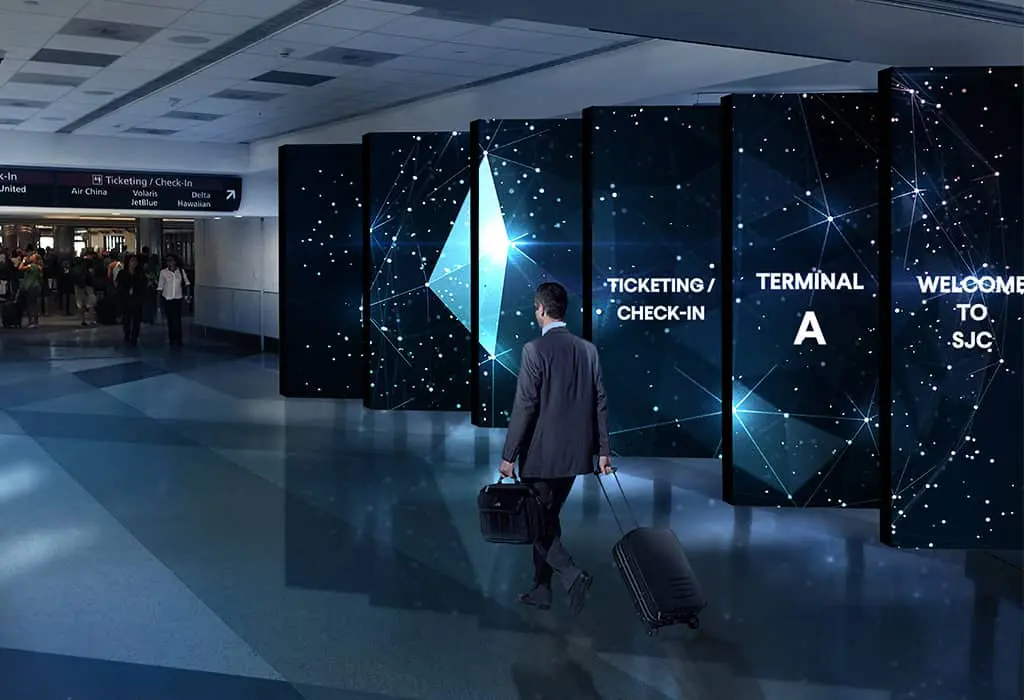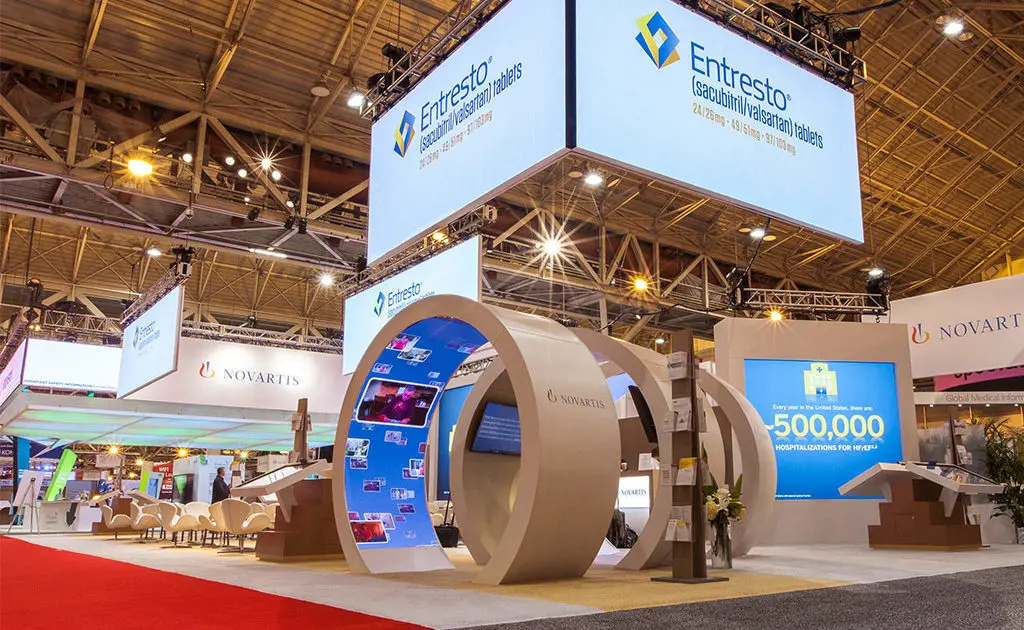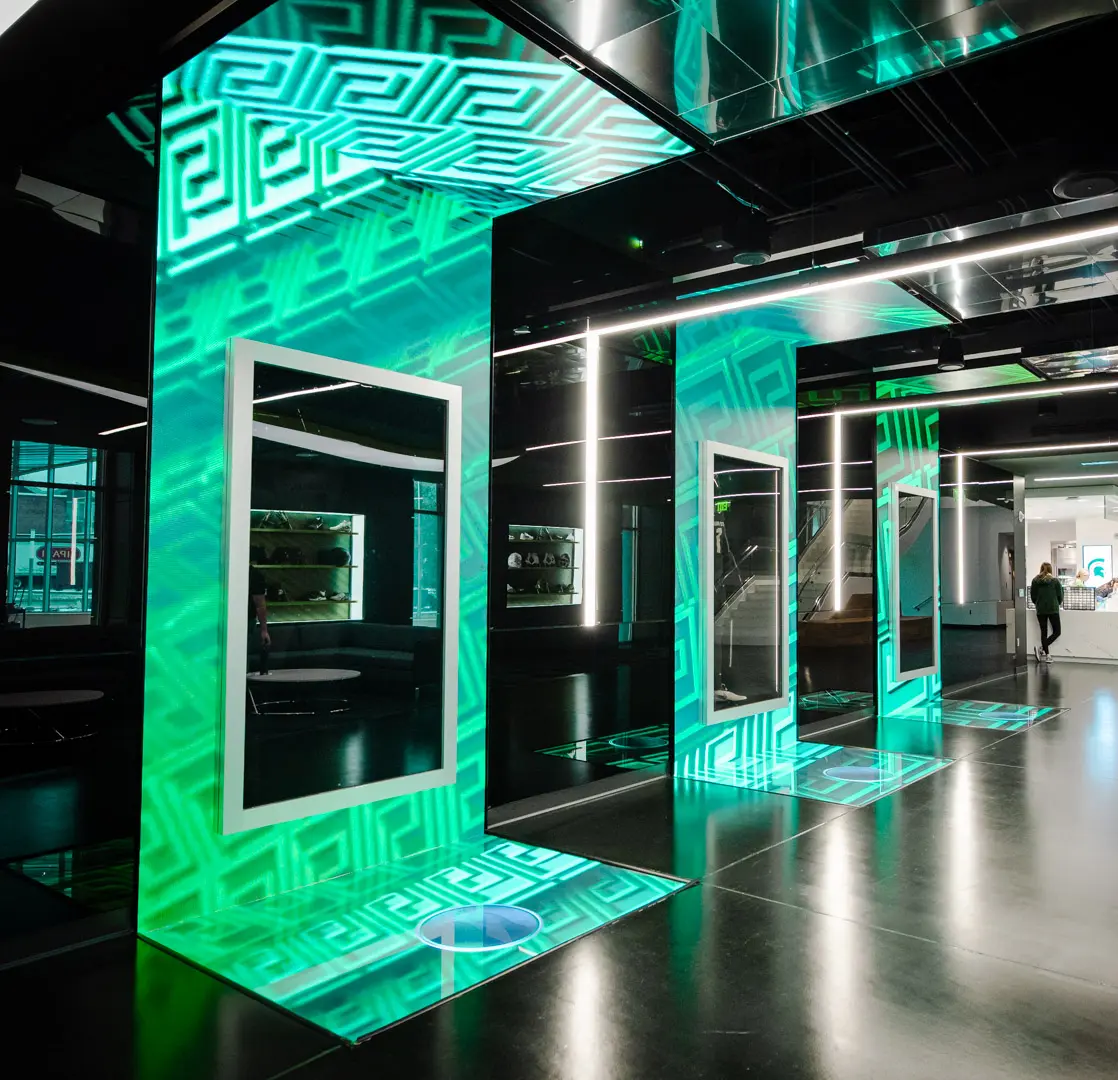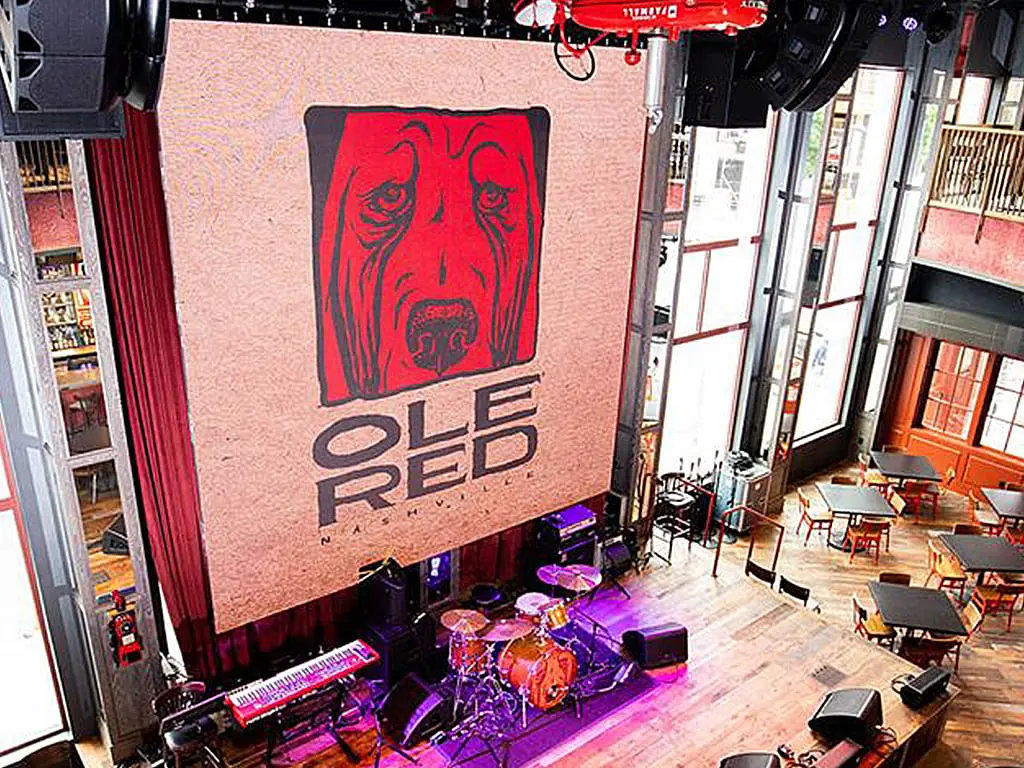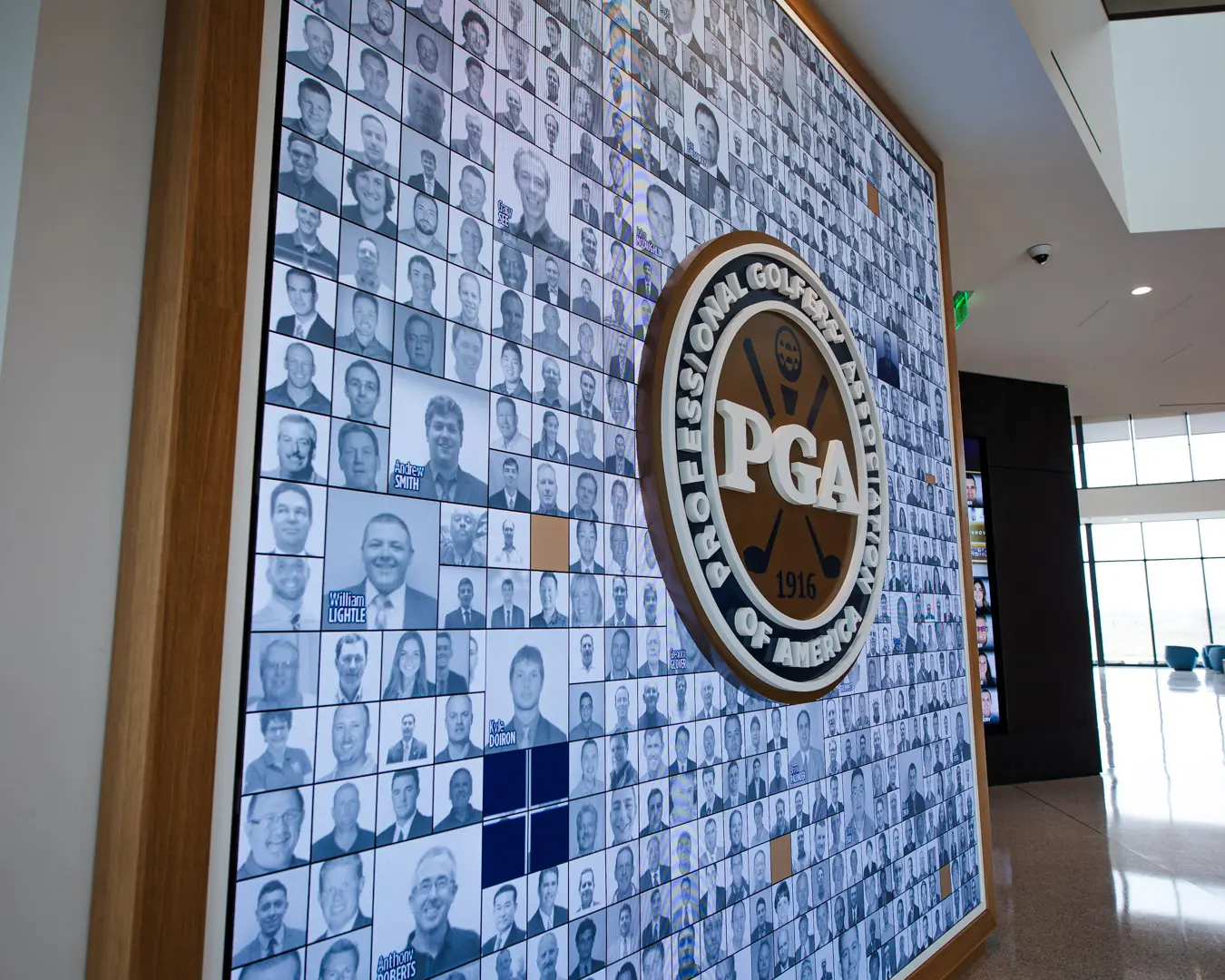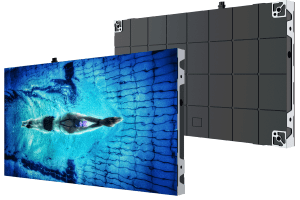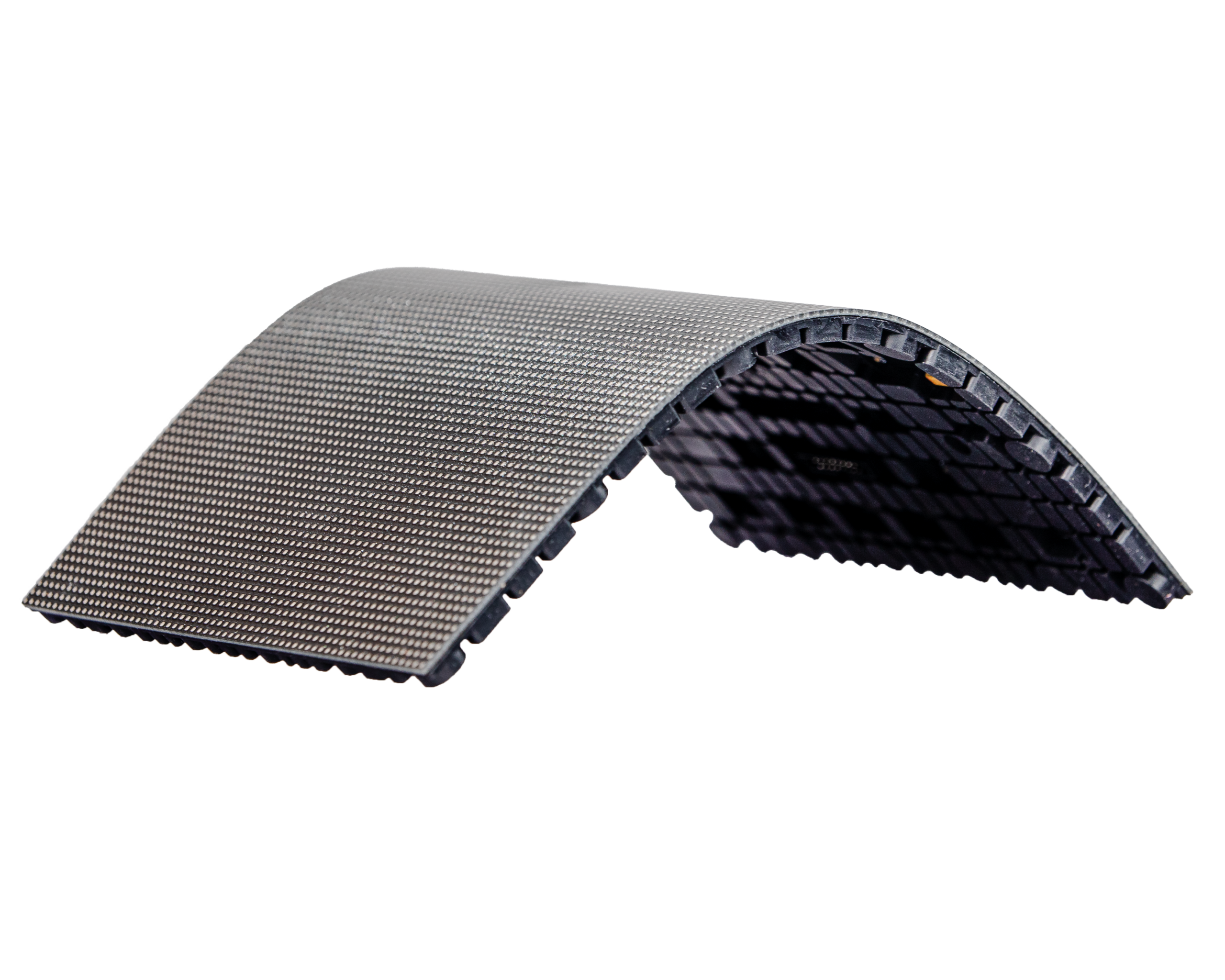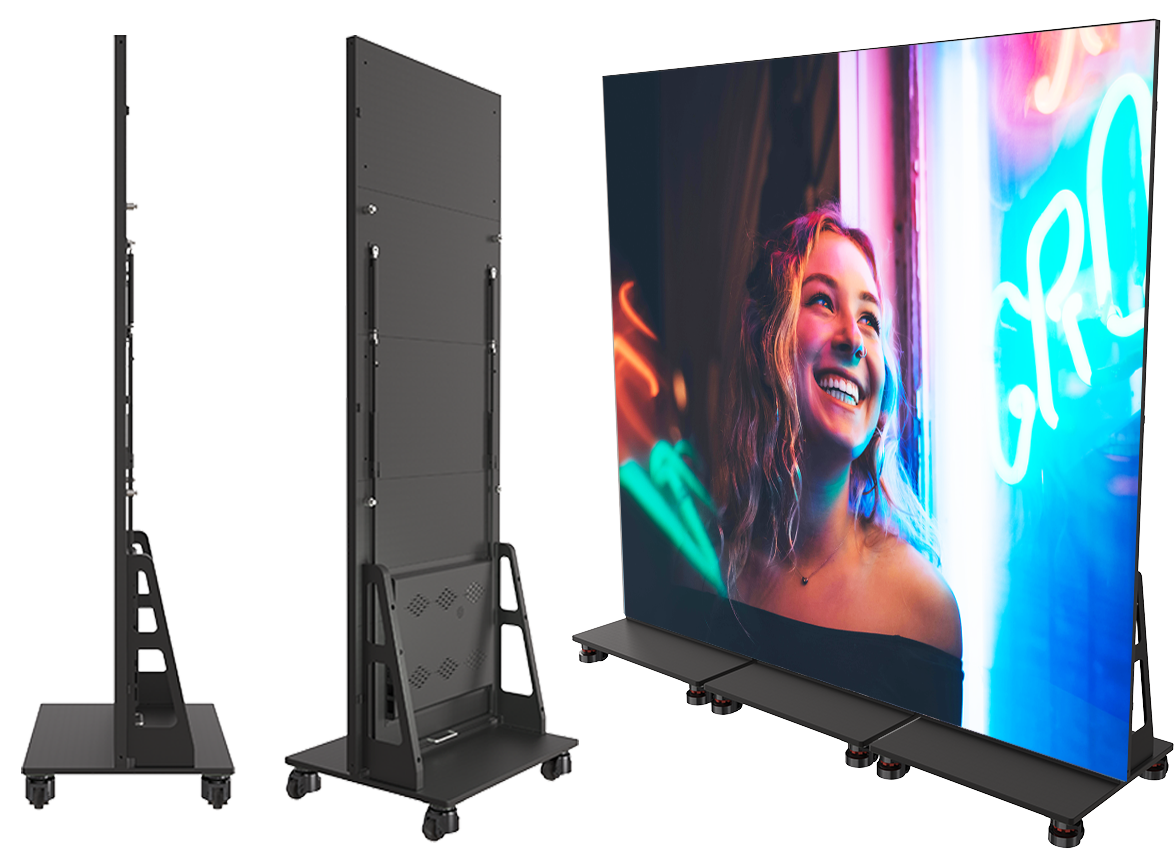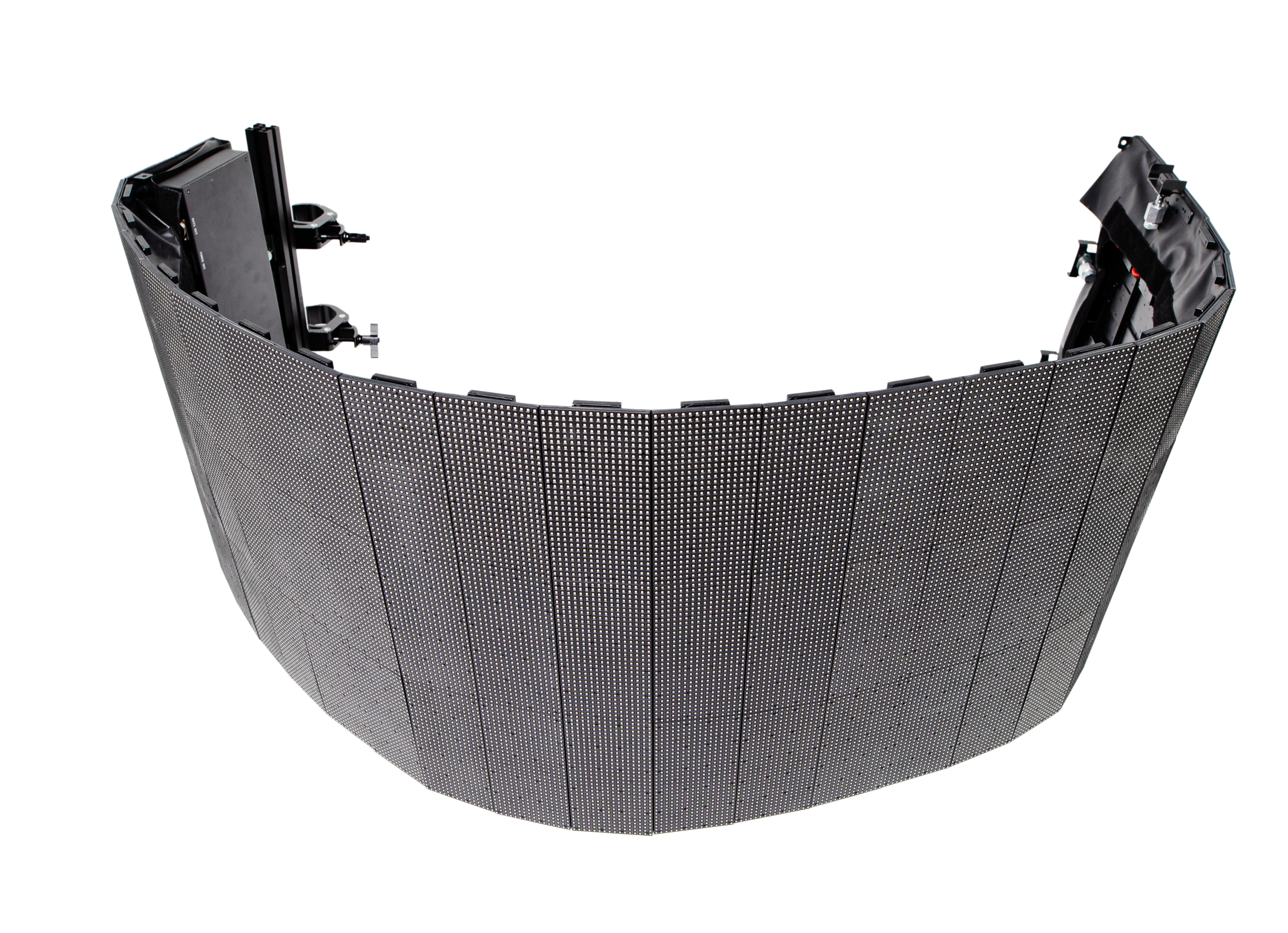- Markets
-
-
-

House of worship
Communicate worship schedules and sermon messages while engaging your congregation with visual technology.
View More
Transportation
LED displays in transportation settings, such as airports, train stations, and bus terminals, serve as dynamic platforms for real-time information, advertising, and wayfinding, enhancing passenger experience with clear, up-to-date travel details and announcements.
View More
Trade shows led display
Differentiate yourself from the competition by incorporating a digital experience in your booth with our trade show LED displays.
View More
Retail
Communicate your brand’s message, stand out from the competition and engage your target market with LED digital signage.
View More
Creative Led Solutions
We offer creative solutions at cost-effective rates. You will be able to deliver your sermons more effectively and engage your congregation through one-of-a-kind lyric video walls and house of worship LED displays.
View More
Hospitality
Enhance ambiance, display interactive directories and wayfinding displays, and promote amenities and events to elevate the guest experience.
View More
Higher Education
Incorporate digital displays to enhance your students’ learning experience and market to prospective students and donors.
View More
Corporate LED
Transform your corporate spaces with PixelFLEX LED video displays. Enhance communication, elevate branding, and create dynamic environments.
View More
-
-
- Our Work
- Products
- Our Team
- Blog
- Resources
- Contact

